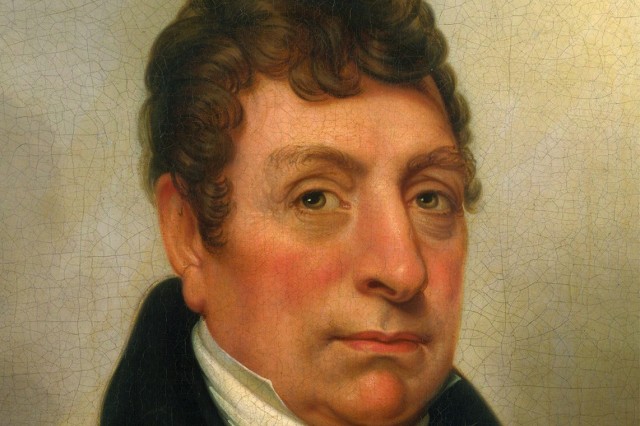
WIESBADEN, Germany — As the U.S. Army approaches its 250th birthday on June 14, 2025, U.S. Army Europe and Africa is spotlighting a unique aspect of its history: the contributions of European leaders who fought for American independence and built the U.S. Army. The Army’s origins are deeply intertwined with the support of individuals from across Europe, forging lasting bonds of cooperation and shared ideals.
USAREUR-AF is paying tribute to the “Heroes of Two Nations” — individuals who dedicated themselves to the cause of American liberty while maintaining strong ties to their homelands. These figures demonstrate that the American Revolution was a truly global movement fueled by a shared belief in liberty.
Among those honored are:
Brigadier General Christian Febiger

A key commander under George Washington originally from Denmark, Febiger’s leadership was crucial at the decisive Battle of Yorktown — widely considered the turning point of the Revolutionary War.
Marquis de Lafayette, Comte de Rochambeau and General Louis Lebègue Duportail



These French officers provided critical military and engineering expertise, with Lafayette’s dedication to freedom solidifying the Franco-American alliance while he also served as one of Washington’s senior advisers. Rochambeau commanded alongside Washington at the Battle of Yorktown, and Duportail served as Washington’s Chief of Engineers in the Continental Army.
Baron von Steuben and Major General Johann de Kalb


Credited with transforming the Continental Army into a professional fighting force, von Steuben authored the “Blue Book” – the Army’s first drill manual – establishing standards still in use today. Major General Johann de Kalb gave his life fighting for American liberty at the Battle of Camden. Both hailed from locations in present day Germany.
Michel Dragon

One of the first Greek Americans, Dragon commanded provincial militias in the Gulf Coast Campaign, participating in key battles like Baton Rouge and Pensacola.
Colonel Michael Kováts

A Hungarian cavalry expert who trained hussar regiments under Casimir Pulaski, Kováts’ legacy is honored at The Citadel Military College.
Philip Mazzei

Filippo Mazzei, also known in English as Philip Mazzei, was an Italian physician, philosopher, diplomat, winemaker, merchant, and author. A close friend of Thomas Jefferson, Mazzei advocated for democratic ideals and secured European support for the American cause.
Generals Tadeusz Kościuszko and Casimir Pulaski


Kościuszko’s engineering brilliance secured victories like Saratoga, while Pulaski, known as the “Father of the American Cavalry,” displayed exceptional courage at Brandywine. Both are of Polish descent.
George Farragut

Farragut, originally Jorge, fought bravely in the Southern Campaigns, including the pivotal Battle of Cowpens, demonstrating the dedication of immigrants to the American cause. He was born in Ciutadella de Menorca — at the time under British occupation but is now part of Spain.

“These stories remind us that freedom is an ideal worth fighting for, together,” said USAREUR-AF Chief of Staff, Maj. Gen. Levon Cumpton. “Honoring these international heroes both celebrates the Army’s rich history and reaffirms the enduring partnerships that strengthen our mission today.”
As the U.S. Army enters its third century of service, remembering these “Heroes of Two Nations” underscores the global foundation upon which the nation — and its Army — were built.
Visit USAREUR-AF's website to view the entire Heroes of Two Nations series.
This we’ll defend.














Social Sharing